(Quang Ngai Newspaper) - To improve economic efficiency and contribute to the restructuring of the agricultural sector, the Department of Agriculture and Rural Development of Son Tay district has implemented a model of growing green-skinned grapefruit and bananas meeting VietGAP standards. Through the model, people can access new production techniques, carry out appropriate crop restructuring and improve economic efficiency.
Benefits of growing green-skinned grapefruit
The green-skin pomelo growing model according to VietGAP standards was implemented in two communes, Son Bua and Son Lien (Son Tay), with 5 households participating. After 42 months of planting, the green-skin pomelo trees in the gardens participating in the model all had a high survival rate (from 87.9 - 98.8%). The trees grew and developed quite well. The tree height ranged from 2.59 - 3.61m, with an average of 3.11m; the average diameter was 3.15m and the average root diameter was 8.49cm. Some pomelo trees in the gardens began to flower after 27 months of planting, with an average rate of 2.88%; after 39 months of planting, the flowering rate reached 44.08%, with an expected yield of more than 2 tons/ha.
 |
| Standing Deputy Secretary of the Provincial Party Committee, Head of the Provincial National Assembly Delegation Dang Ngoc Huy visited the booth displaying moldy bananas and green-skinned grapefruits of Son Tay district, at the Conference to summarize the movement of farmers competing in production and good business, honoring typical good farmers, period 2017 - 2022, in October 2022. Photo: PHUONG DUNG |
The intensive cultivation model of green-skinned grapefruit according to VietGAP standards was implemented in Son Bua commune with a scale of 3 hectares, including 7 participating households. The grapefruit gardens selected to participate in the model were between 4 and 8 years old. After completing the work of selecting sites and households, the project organized training on techniques for caring for and intensively cultivating green-skinned grapefruit trees according to VietGAP standards for 7 households directly participating in the model and 43 people in the project area. The model implemented technical measures such as: Garden sanitation; pruning; pruning some trees in locations that were too dense, so that the trees could receive maximum light. The average density of trees in the garden after pruning reached 360 trees/ha.
Pest and disease prevention, fertilization, and care for green-skinned grapefruit follow VietGAP technical procedures. After 3 years of care, green-skinned grapefruit trees in the model gardens have grown well. The actual yield of grapefruit gardens from 2021 to 2023 increased by 4.31%. Specifically, in 2021 it reached 7,749 kg/ha, in 2022 it reached 8,083 kg/ha, and in 2023 it is estimated to reach 9,103 kg/ha. On average, each hectare of grapefruit during the business period brings an average income of more than 82 million VND/ha/year, higher than grapefruit grown outside the model at 36.7 million VND/ha/year.
Mr. Dinh Van Uong, in Nuoc Vuong village, Son Lien commune, shared that his family participated in the model of planting 1 hectare of green-skinned grapefruit trees since December 2019. During the model building process, the project's technical staff and I were instructed by the project's technical staff to strictly follow the technical process of growing green-skinned grapefruit according to VietGAP standards. By March 2023, the green-skinned grapefruit trees in the model had flowered and set fruit (an average of 15 fruits/tree), with an average weight of 1.32 kg/fruit; the estimated yield was 3,466 kg/ha.
 |
| Farmers harvest and sell green-skinned grapefruit products grown according to VietGAP standards. |
According to Dinh Cong Lap, a technical officer of the model, the process of implementing the model of planting and caring for green-skinned grapefruit according to VietGap standards in the two communes of Son Bua and Son Lien shows that green-skinned grapefruit trees are quite suitable for the natural conditions and farming skills of farmers in Son Tay district. The techniques that have been transferred and directly involved in the model have been applied skillfully. After more than 3 years, green-skinned grapefruit trees in the model gardens have grown and developed well, with good productivity and high quality, meeting VietGAP standards.
Moldy bananas for high profits
“The effective application of scientific and technological solutions in the production of bananas and green-skinned grapefruit according to VietGAP standards has helped change the awareness of farmers in Son Tay district in cultivation, shifting their mindset from small-scale production to commodity production; products have a stable consumer market. From there, it contributes to promoting the restructuring of the agricultural sector in Son Tay district." Head of Agriculture and Rural Development Department of Son Tay district PHAM HONG KHUYEN |
The intensive banana cultivation model according to VietGAP standards was implemented on an area of 5 hectares in Son Lien commune, with 3 households participating. The variety used was tissue-cultured banana variety. This was the first time that farmers in Son Tay district had access to this variety, so there were many doubts when deciding to participate in the model. Understanding that mentality, technical staff of the Department of Agriculture and Rural Development of Son Tay district and commune agricultural extension staff focused on instructing farmers to properly implement cultivation techniques.
In the first year, banana trees grew and developed quite quickly. After 14 - 15 months of planting, all banana gardens in the model had their first harvest. The average yield of bananas in the model was 9.51 tons/ha higher than that of gardens outside the model. In the second and third years, the yield in the model increased from 30.11 - 32.76% compared to the first year, 15.35 - 17.06 tons/ha higher than that outside the model. The total economic value added during the cycle (3 years) of each hectare of intensive banana cultivation model according to VietGAP standards gave an average profit of nearly 195 million VND/ha, approximately 100 million VND/ha higher than growing bananas outside the model. In particular, the model has attracted the attention of people in the project area and some neighboring localities. Since the second year, the model has been replicated in the communes of Son Lien, Son Mua, Son Bua and Dak Nen, Kon Plong district (Kon Tum), with a total area of over 30 hectares.
In addition, the project also invested in a banana dryer (capacity of 200kg/batch) and transferred the banana drying process to the Son Lien Banana Production Cooperative, helping farmers proactively consume and process banana products, increase production value, and increase income. Accordingly, each batch of 200kg of fresh bananas, after 24.07 hours of drying, yields 28.97% of raw materials, with a selling price of 48,000 VND/kg of finished product. The cooperative has currently signed a contract with the Son Bua Agricultural and Forestry Production and Service Trade Cooperative to produce and consume dried banana products.
Cooperation in production and consumption
To increase the scale of commodity production, facilitate the application of appropriate and modern production processes, ensure product quality, food safety and improve management and operation capacity, the models have established 3 cooperative groups including: Production of moldy bananas in Son Lien commune; Production of green-skinned grapefruit in Son Lien commune and Production of green-skinned grapefruit in Son Bua commune.
 |
| Bananas are grown in Son Lien commune (Son Tay). |
Mr. Pham Ngoc Hai, Son Lien Agricultural and Service Cooperative, said that after more than 3 years of implementing production and consumption linkage contracts, the products of moldy bananas and green-skinned grapefruit have had a stable consumption market. People have improved their production skills through training sessions and sharing production experiences, thereby strengthening the connection between farmers. Through the linkage chain, assigning work suitable to each production object, thereby contributing to increasing added value and sustainable development. Currently, the moldy banana products of the Production Cooperative Group have been assessed and certified by VITEST Consulting, Certification and Quality Announcement Company Limited as meeting VietGAP standards. At the same time, they are purchased and distributed by the private enterprise Tai Nguyen according to the commitment in the production and consumption linkage contract. Thanks to that, members of the cooperative groups have a stable income.
Recently, the Son Lien Banana Production Team and the Son Lien Green-Skin Grapefruit Production Team have joined the Son Lien Agricultural and Service Cooperative to promote their banana and green-skin grapefruit products at two agricultural product fairs. At the same time, they have introduced and sold their products through e-commerce channels such as Facebook... helping their banana and green-skin grapefruit products quickly reach customers inside and outside the province.
Article and photos: PHUONG DUNG
RELATED NEWS:
Source


![[Photo] General Secretary To Lam concludes visit to Russia, departs for Belarus](https://vphoto.vietnam.vn/thumb/1200x675/vietnam/resource/IMAGE/2025/5/11/0acf1081a95e4b1d9886c67fdafd95ed)
![[Photo] General Secretary To Lam arrives in Minsk, begins state visit to Belarus](https://vphoto.vietnam.vn/thumb/1200x675/vietnam/resource/IMAGE/2025/5/11/76602f587468437f8b5b7104495f444d)

![[Photo] General Secretary To Lam meets and expresses gratitude to Vietnam's Belarusian friends](https://vphoto.vietnam.vn/thumb/1200x675/vietnam/resource/IMAGE/2025/5/11/c515ee2054c54a87aa8a7cb520f2fa6e)




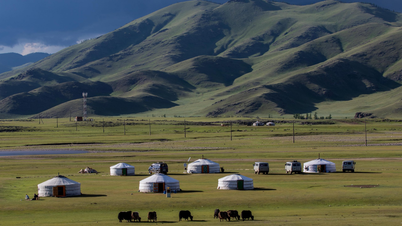
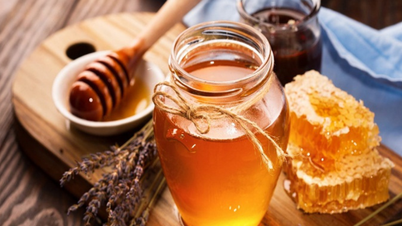
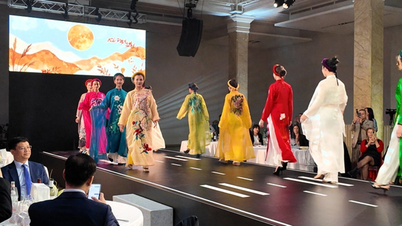




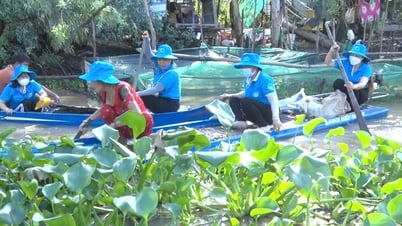
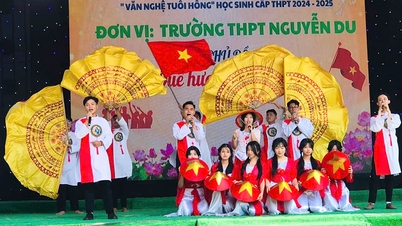

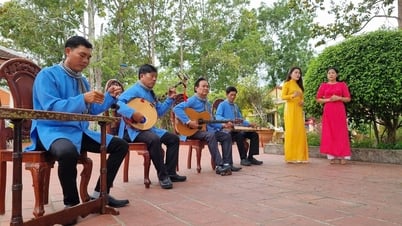
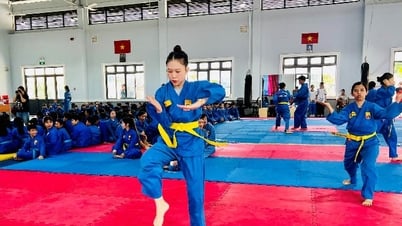





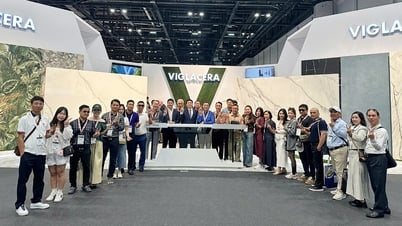


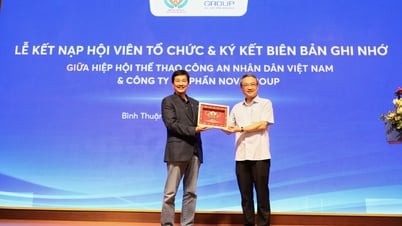


![[Photo] National Assembly Chairman Tran Thanh Man attends the Party Congress of the Committee for Culture and Social Affairs](https://vphoto.vietnam.vn/thumb/1200x675/vietnam/resource/IMAGE/2025/5/11/f5ed02beb9404bca998a08b34ef255a6)






























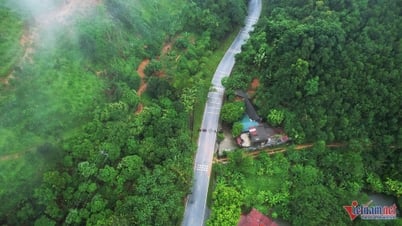


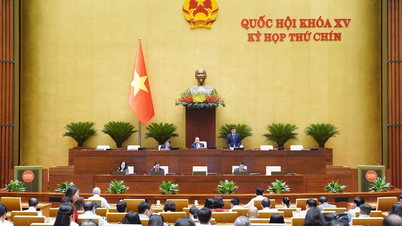











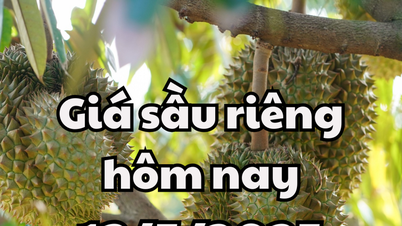

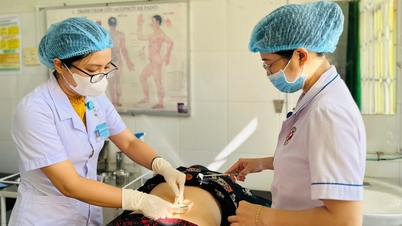



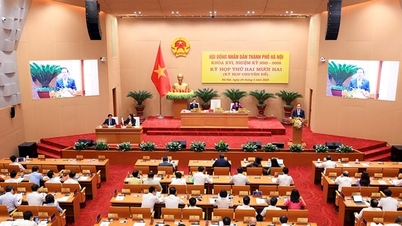
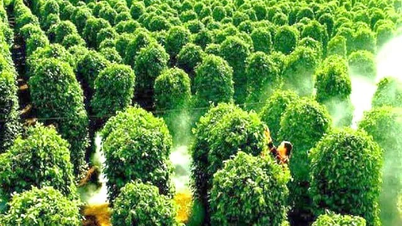









Comment (0)